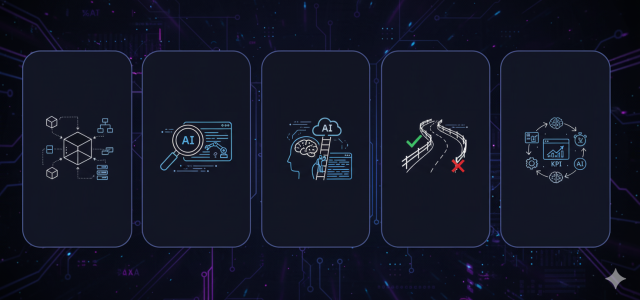
"Design for Extensibility Rigid designs are brittle by definition. Conversely, resilience breeds sustainability. Modern AI systems are agentic, enabling an AI "expert" to perform their skill and leave the rest to other agents, tools, and humans. This is not new. Agentic systems linked by agent-to-agent (A2A) or model context protocol for tool-calling (MCP) follow similar patterns as a microservices architecture: linked APIs infrastructure. This concept is rooted in the basic principle of object-oriented programming."
"Not only is this design extensible, but it can also be developed in parallel as parts and maintained with less risk of systemic disruption. Extensible systems allow iteration through market learnings and can leverage the latest AI tooling. They can thereby enable better/faster/cheaper results. Over time, as 3rd-party capabilities advance to solve the most common/general problems, these systems offload the task of custom code management."
"Buried in section 3.3 of the MIT study referenced above is the concept of "shadow AI". What the researchers found was that while only 5% of centralized custom AI initiatives achieved positive economic results, in the same organizations, fully 90% of employees were using AI tooling in their own jobs."
AI projects in enterprises exhibit very high reported failure rates, often stemming from a few recurring factors tied to design, governance, alignment, and adoption. Rigid designs are brittle, while agentic, extensible architectures that use agent-to-agent protocols or model context protocols resemble microservices and allow parallel development, easier maintenance, and gradual integration of third-party capabilities. Extensible systems enable iteration through market learnings and leverage evolving AI tooling to deliver better, faster, cheaper results. Centralized custom initiatives frequently underdeliver economically, while pervasive end-user adoption or "shadow AI" shows employees independently integrate AI tools into workflows, highlighting empowerment and adoption dynamics.
Read at Medium
Unable to calculate read time
Collection
[
|
...
]